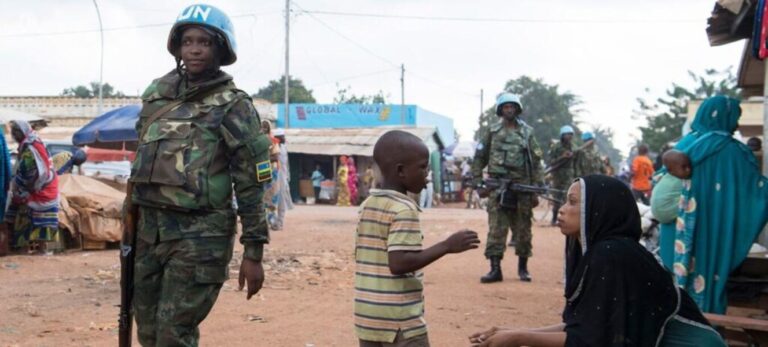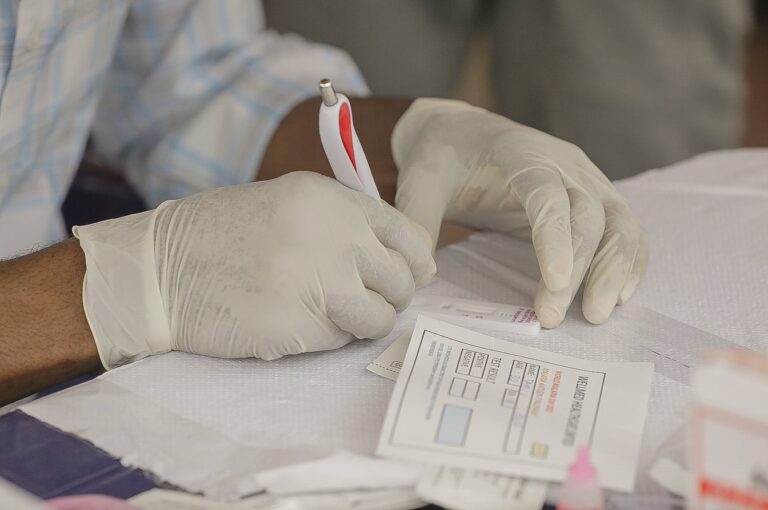
Mali is grappling with one of its most destructive rainy seasons in recent years, with more than 20,500 people affected, 24 deaths, and over 1,200 homes destroyed, according to the Interministerial Committee for Crisis and Disaster Management.
The ongoing crisis has been marked by repeated flooding, lightning strikes, and violent winds, leaving communities across the country struggling to cope.
Since June, Mali has recorded 44 flooding episodes, 10 lightning strikes, and four major windstorms, causing injuries to 35 people and displacing thousands of families. The southwest region, particularly Dioïla, has been hardest hit.
In the village of Tiendobougou, torrential rains in late August left more than 1,200 residents homeless.
In urban areas, including Bamako, flash floods and collapsing houses have disproportionately affected working-class neighborhoods built without adequate planning. Saturated natural backwaters are failing to drain excess water, heightening the risk of further flash floods.
Authorities have mobilized emergency responses, though they remain insufficient given the scale of the disaster.
Firefighter Colonel Issa Raoul Dana Dabo, director of the Crisis Management Coordination Center, explained that efforts include clearing backwater beds in Bamako, mobilizing citizen brigades, and distributing food and non-food aid.
In regions such as Kidal, disaster-stricken families have received emergency assistance, including blankets, mosquito nets, and food supplies.
However, hundreds of displaced residents in Dioïla remain sheltered in public schools, lacking basic access to water, healthcare, and adequate housing. Fuel insecurity, compounded by armed group activity, further complicates humanitarian operations in remote areas.
Experts warn that these extreme events are part of a broader climate trend across West Africa.
Rising global temperatures are intensifying rainfall, increasing the frequency and severity of floods, while rapid urbanization, deforestation, and widespread poverty leave populations particularly vulnerable. Many houses, built from mud or raw earth, cannot withstand torrential rains, contributing to repeated seasonal destruction.
In response, Mali is considering revisions to its National Multi-Risk Contingency Plan, including the installation of flood warning systems, hydrological studies, and improved community-based early warning networks.
Yet, funding and coordination remain major obstacles. Local authorities, including the mayor of Kaladougou-Dioïla, are appealing to NGOs and international partners for urgent assistance.
As Mali struggles to manage repeated climate shocks, the floods underscore the broader vulnerability of West Africa, where millions face displacement, collapsing infrastructure, and heightened health risks amid an intensifying climate emergency.



